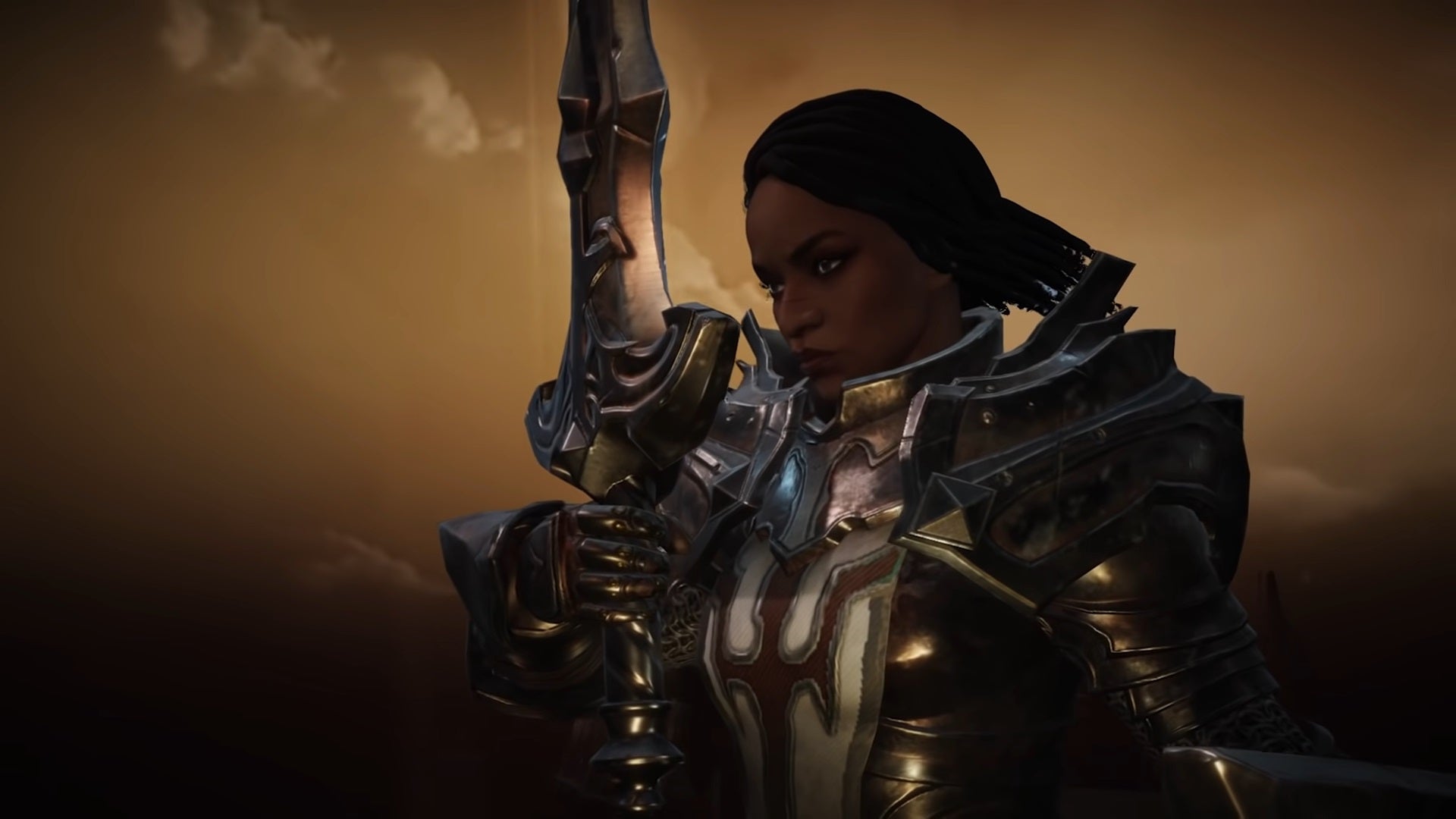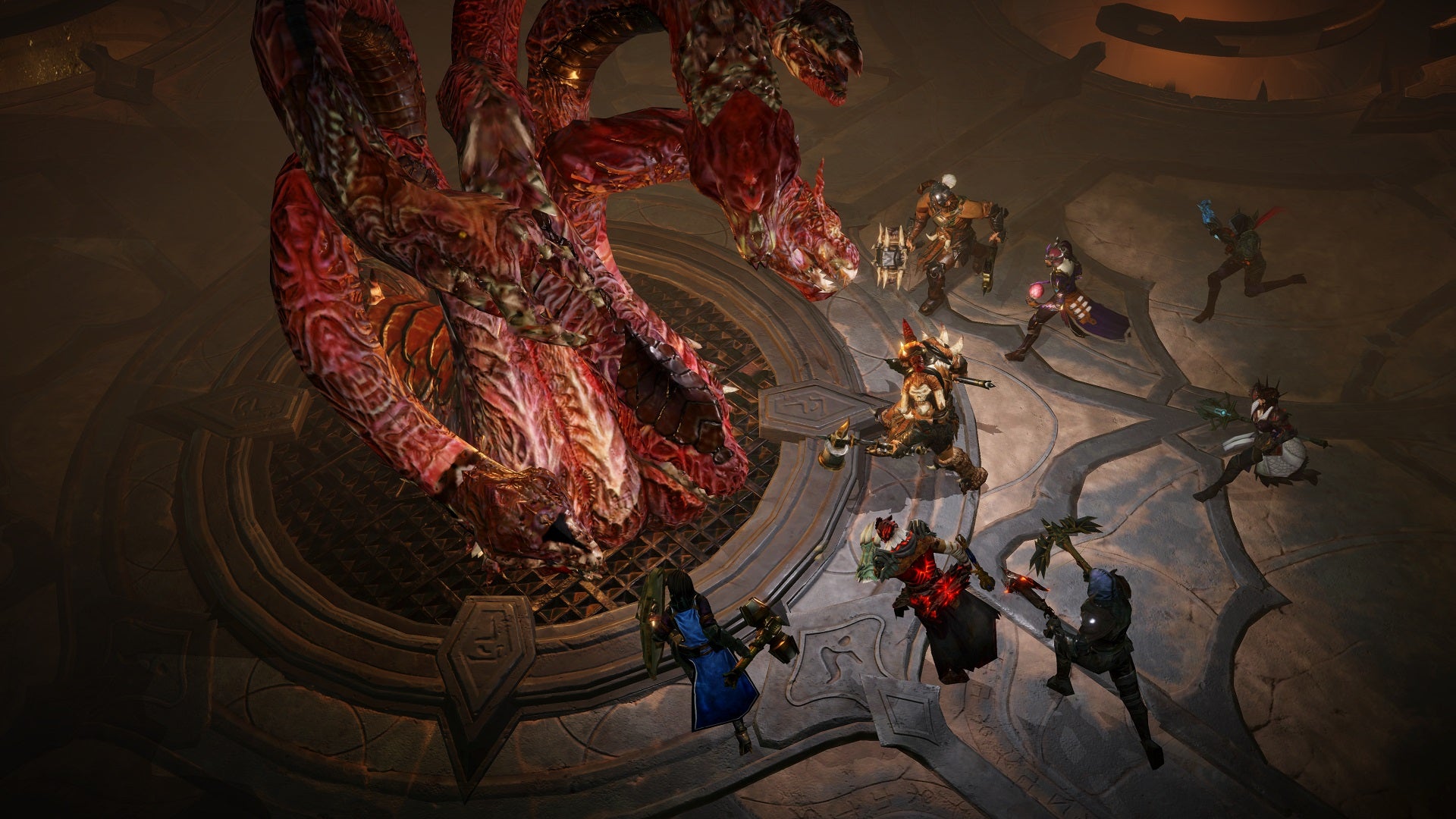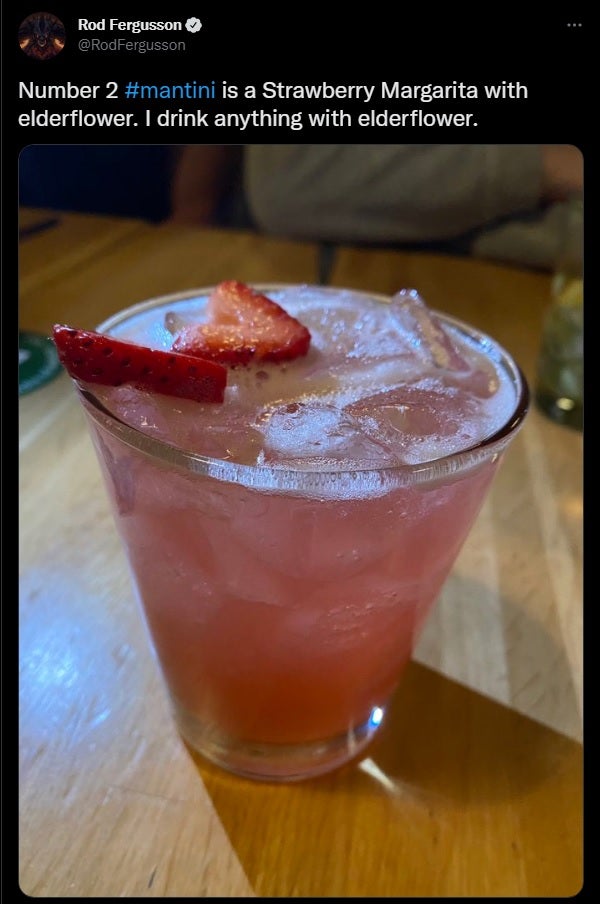We were present to ask some burning questions to principal game designer Joe Grubb, and franchise general manager Rod Fergusson, on microtransactions, porting Diablo to the mobile platform, and other tastier topics.
On microtransactions
Grubb: I think first the highlight is all the major gameplay systems in Diablo Immortal are free. That includes the main storyline, the dungeons, the helliquary raid, the in-game cycle of strife. You can do everything in Diablo Immortal completely for free. Part of that comes from our philosophy of never circumventing core gameplay, and optional purchases are always a bonus. Talking about some of them, they range from general value bonuses that you’d expect like the battle pass, cosmetics at a triple-A quality you’d expect from Blizzard. You’ve also got legendary crests to enhance Elder Rifts. The other core piece of this that we thought was important was that these optional purchases should never be a way to acquire gear or experience. We will never sell gear. We will never sell experience in Diablo Immortal. What that means is that you have to play Diablo Immortal to increase value. You have to have skill at your class. If you want to be skilled at the Necromancer you have to be skilled at the Necromancer. You have to earn legendary items by killing demons and raising your Paragon level, and you need to actually go out and find the legendary items for a particular skill build you’re looking for. Grubb: Regardless of how deeply players engage with our optional in-game purchases, skill at the game and progression through the free systems are how you increase power. Part of that comes through how you progress in Diablo Immortal, we didn’t want items to just cap off leaving you to just grind Paragon levels. Items continue to scale with you, which means as you continue to progress through difficulties of content there is always new items to find. In a December 20202 blog post you mentioned that items that would have a direct gameplay use – crests and item reforgers – would be purchasable with real money. Do you have the price points for these two items? (They referred us to our regional PR contact for EU / UK regional pricing after the interview, however that information was not available. We were told by a PR representative “I’m afraid we don’t have any information to hand on regional pricing that we’re able to share, however everything in the store with prices will be live when the game launches this week on the June 2.”) Regarding the battle pass, is the plan to have a traditional style pass with seasons, or something like in Halo Infinite where you can go back and progress through it at your own pace? Grubb: We’re pretty pleased with the performance of the pass in the beta, and it’s season based. We’re happy with how it provides content for free players as well as optional additional content for those who’ve paid, and how it guides players through content that month. Is there a roadmap for future content you can share with us? What can we expect? Grubb: The main storyline is set to expand. We’re excited to deliver the story we’ve crafted for launch, but we’ll absolutely be pushing that further beyond launch with new zones, new dungeons, new characters to meet and interact with, new demons to slay, and the heliquery system too. There’ll be new battle passes every month, and new classes coming in the future.
Creating Diablo Immortal for mobile
What were the biggest challenges in adapting Diablo to mobile platforms? Were there any aspects of the series that you had to cut or significantly change to make it a good fit? Grubb: Bringing Diablo Immortal to mobile was exciting. It was a platform opportunity from the way in which you interact with your character. If you think about Diablo as a franchise and all its PC iterations, you’re this sort of diety from above clicking and instructing your character where to go. With mobile and Immortal on touch, you’re in direct control. Your left thumb is turning your character, running forward and backwards and controlling the movement, while your thumb is executing skills. It sounds like a small difference, but the way class design and class expression is very different. So you can be running to the left, throwing a skill shot to the right, and that provides a new lens in which to look at the moment to moment gameplay that Diablo is known and loved for. That partly went into our decision on what classes to include – we’ve got six iconic classes in Immortal. You still have the Barbarian, you still have whirlwind, you’re still able to jump in and smash demos around, but it’ll be through this new lens of the touch interface. Fergusson: If you think about my history personally was mainly on console, and when you’re designing a console experience you’re just trying to make an engaging experience, you want people to sit down on a weekend and play it non-stop. One of the interesting challenges that the designers had to deal with was around session length. Now that it’s on a mobile device, I might come to a game with three minutes to spare – how can I immediately progress myself in three minutes? I might have 10 minutes to spare, 30 minutes to spare, or an hour to spare! So when you look across the experiences like doing rifts or bounties or dungeons and raids, all those things had to be curated with the knowledge that we needed something for people with various amounts of time available. Diablo Immortal’s PC version is of course great news for those eager to play it on their preferred platform, but how do you keep the PC player base keen once Diablo 4 launches? Fergusson: That’s one of the great things about the Diablo franchise - you can have things that are quite core to it but each of the games have their own unique experiences and appeals. If you think about the Diablo franchise, each game is rounded in the eternal conflict between heaven and well, but the experience can be totally different and fit different needs. I think I expect players to play both, honestly. There’s this idea we used to talk about, this ‘Diablo life’ ! Joe likes to talk about doing bounties in bed (L), I don’t know about doing that, but you can play the PC game at your desk during work. I don’t know who would play Diablo at work, not me! I wouldn’t do that! But the idea is that you can have different experiences from fundamentally different games. If you think about what Diablo Immortal is - this Diablo experience in your hands - we’re not worried about cannibalisation. Grubb: A lot fo that goes back to the intended reach of Diablo Immortal. When we talk about Diablo Immortal and the design choices that have gone into them, we want Immortal to be as accessible as possible and reaching any type of player regardless of how they want to engage with it. Some of those are pretty clear, like how I wake up in the morning and complete my bounties before I get out of bed, and that’s great! I get a quick 10 minute experience. But that translates into the way in which we think about time spent. There are traditional mobile titles
On cocktails
What’s the secret to the perfect cocktail? (in reference to Rod’s practice of posting colourful alcoholic drinks to their Twitter account) Rod: Actually Connor, if you’re talking about the ceaseless pictures of drinks with flowers in them or umbrellas in them, I like drinks that taste good! I used to be made fun of for liking drinks that tended to be served pink, or had pretty colours or had to be made in a blender. So I ended up reclaiming it. I started calling them mantinis, instead of martinis. A Cosmopolitan is a mantini to me. So that became a thing, and I have a coffee table book worth of photos on my phone of colourful drinks that I’ve had over my career. But to actually answer Connor’s question for the perfect mantini – not a martini – is that anytime I get to a restaurant or a bar, if any of the drinks have Elderflower in it, that’s the drink I’m having. I always start with the elderflower drink. That to me is the secret to a perfect mantini: elderflower.



